Burundi Visa Eligibility Requirements
In regards to the eVisa application for Burundi, there are some necessary requirements that must be met. Primarily, a passport valid for 6 months post the applicant's stay in Burundi is required, with the document also featuring 2 blank pages for stamp.
The eVisa is issued to travelers visiting Burundi for tourism, business, family, and transit purposes. The applicant is required to present accommodation documents which include hotel reservations or invitations from hosts in Burundi.
Additionally, applicants must demonstrate that they possess adequate funds for the entire duration of their stay, which means they will not be dependent on public assistance during their visit. Bank statements or letters of sponsorship from friends or relatives are sufficient to provide proof.
Travelers are required to have printed copies of their eVisa approval letters prior to entering Burundi. This approved letter must be shown at the border to receive the official visa stamp. VisitVisa.com provides services aimed at ensuring travelers meet all eligibility requirements which assists in streamlining the application process.
Widen Your World - Visa-Free Burundi Travel for Citizens
Burundi provides visa-free access towards citizens of some countries visiting the country for tourism, business, or visiting relatives. These travelers can stay in the country for a maximum of thirty days and do not need an eVisa.
Usually travelers coming from the European Union, Canada, the USA and some other countries do not have to apply for a visa before arriving in the country. However, even visa exempt travelers are required to have a valid passport and must prove that they have sufficient funds. Burundi is planning on embarking on a broader e-Visa system which will be more convenient for all travelers arriving into the country.
Why is the Burundi Visa Application Online Important for VisitsVisa?
Burundi, similar to many other countries, offers Single entry, Multi entry, and Transit visas for easier access to the country. Also, in the context of the eVisa system, they offer Single Entry Visas and Multi Entry Visas which also encompass Transit Visas based on the intention and length of stay.
The Single Entry Visa is optimal for those who plan to undertake business or tourism activities in Burundi for a period of less than 30 days. This Visa, as its name suggests, is restricted to Single Entry into the country for a specified time. Both Single and Multiple entry visas have the same fees.
However, Single entry permits only one time access for entry, while the Multiple Entry Visa allows unlimited access to the country for the holder during the stipulated time. These two types of visas differ in the duration of validity clause.
The preferred visa type for a traveler having an itinerary inclusive of other destinations with a Stopover in Burundi is a Transit Visa. This type of visa has a validity of 3 days. It permits tourists the maximum stay in the country for not exceeding 72 hours. It costs US $40 and also makes the visa relatively cheaper than most options, thus increasing its appeal to tourists around the world intending to go on holiday in Burundi.
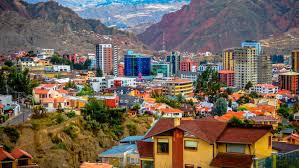


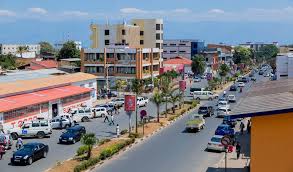
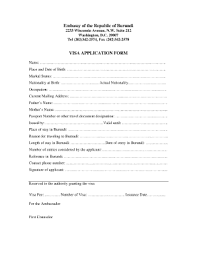
 Qatar
Qatar 
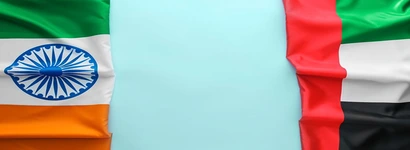

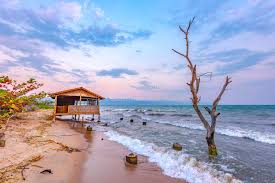 ">
">
